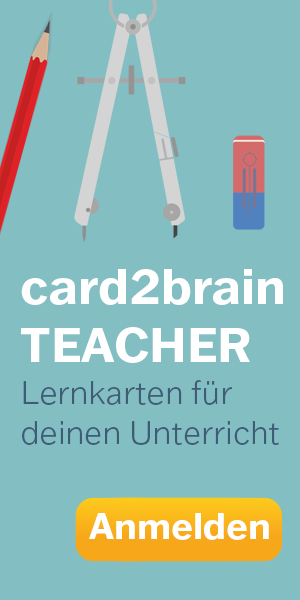Software Construction: Encapsulation
Cards to learn encapsulation
Cards to learn encapsulation
15
0.0 (0)
Kartei Details
| Karten | 15 |
|---|---|
| Sprache | Deutsch |
| Kategorie | Informatik |
| Stufe | Universität |
| Erstellt / Aktualisiert | 03.01.2020 / 10.01.2020 |
| Weblink |
https://card2brain.ch/box/20200103_software_construction_encapsulation
|
| Einbinden |
<iframe src="https://card2brain.ch/box/20200103_software_construction_encapsulation/embed" width="780" height="150" scrolling="no" frameborder="0"></iframe>
|

